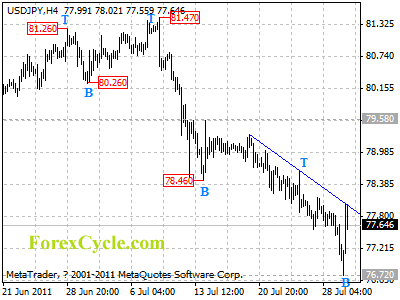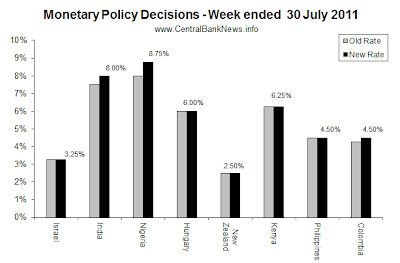By DividendOpportunities.com
Spend five minutes researching most investment strategies, and you’ll run across something called “backtesting.”
Backtesting is when you look at historical data, apply your potential strategy, and see what sort of performance it would have had in the past. Basically, it’s one way to hunt for a strategy that could work without putting anything on the line.
Therein lies the problem. There’s no skin in the game. You can backtest anything and everything with no risk. That’s why you sometimes run across off-the-wall claims like the length of women’s hemlines has a bearing on winning stocks. (Don’t believe me? Read this note from Barron’s.)
Don’t get me wrong; backtesting has its place. But a lot of strategies look good on paper and in hindsight. Shouldn’t you be much more interested in the results of a test done with actual cash… and in real time?
Most retail investors can’t test like this. If the test fails, it’s their hard-earned money at stake, and many investors just can’t afford any more risk right now. Luckily, I enjoy a luxury most retail investors don’t — I have the backing of an entire company for my investment research.
And so in December of last year, I began what amounts to my biggest test to date. With $200,000 in actual cash fronted by StreetAuthority, the publisher of Dividend Opportunities, I was given the go-ahead to build a portfolio using the “Daily Paycheck” strategy.
The strategy is straightforward. I’m building a portfolio of income stocks that pays me a dividend for every day of the month. And because I want to make those dividends grow as large as possible, I’m also reinvesting every cent of the payments.
It’s a simple way to invest and many investors have heard about it before. But until now, most have only seen this sort of strategy backtested — not put in place in real life.
The good news is that while we all know being paid dividends regularly — and reinvesting those payments — is “supposed” to work, the actual results have been much more exciting than even I expected:
| “Daily Paycheck” Strategy Update |
| Total Days Tested: | 336* |
| No. of Dividends Earned: | 176 |
| Total Amount of Dividends: | $7,527.28 |
| Current Winning Positions: | 46 (out of 51) |
| Total Return: | +10.9% |
| * Dec. 15, 2009 – Nov. 15, 2010. Test is continuing. |
Above are the actual stats of the $200,000 real-money portfolio within my Daily Paycheck advisory, where I’m conducting the test. This isn’t backtested data or what “could” have happened. It’s actual cash and real dividend payments.
So what does this 336-day (so far) test tell us about the “Daily Paycheck” strategy? Put simply, it works, and the results should only improve with time.
You might scoff. After all, during the first year of this experiment the total return of the portfolio is roughly in line with the performance of the S&P. How can that be a winning strategy?
It’s because that performance comes with the equivalent of one hand tied behind my portfolio’s back.
Remember, this test started out with $200,000 in cash at the start. It took several months to get even the majority of that cash invested in the right dividend payers. The good news is that now I’m fully invested, and the dividends are coming in hand over fist and helping add to all my positions.
In October alone the portfolio earned — and reinvested — more than $1,090 in dividends, marking my third straight month with more than $1,000 paid.
So what can you take away from this test?
First and foremost, it proves what you’ve always heard, but perhaps took with a grain of salt. Investing in dividend-paying securities — and reinvesting those dividends — can be a very lucrative strategy. And even if you knew that, you may have thought it a strategy only for those with a focus on the extremely long-term.
But in less than a year, the dividends have ramped up to more than $1,000 a month. (Even if you had only $50,000 invest, it would still mean an extra $250 a month in your pocket, or in more shares.) That’s some serious cash.
Always searching for your next paycheck,


Amy Calistri
Chief Investment Strategist — The Daily Paycheck
P.S. — My “Daily Paycheck” test isn’t finished yet. As the cornerstone of my Daily Paycheck advisory, it’s just getting started. But I can’t take full credit — it was actually the idea of StreetAuthority’s co-founder (and my boss) Paul Tracy. He’s been following this strategy for years. In fact, he’s already earning more than $4,000 a month in dividends. To learn how you can get started on the same path, I invite you to read this memo.




